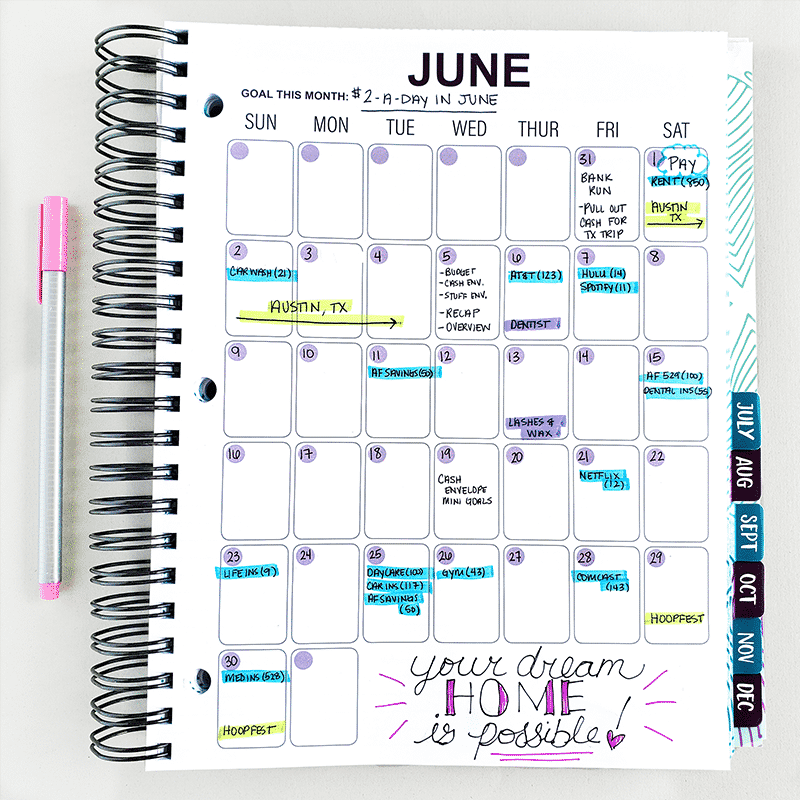
Now, this may sound simple, and it is, but this method will give you a bird’s eye view of your life, responsibilities, and engagements. Instead of reviewing the information in your planner on a day-by-day basis, try this neat trick: start first by reviewing the calendar month, then the week, then the calendar day. Print your own planner at home with our new collection of calendar printables! Review your planner with a broad to narrow focus. Divide planner entries into different quadrants and enter in information in a particular area.Use different colored pencils, pens, highlighters, and markers to make items stand out.You could create a key of geometric shapes to represent different activities such as circle = meeting, square = appointment, triangle = errand, and so on….You can even get creative when it comes to how you enter in the information in your planner: Recording birthdays, holidays, anniversaries, tests/exams, social events: “Jackie’s B-Day,” or “Mom and Dad’s Anniversary,” or “Biology Midterm.”.Marking business meetings: “Marketing planning session, 10AM, Alpha Conference Room at the office.”.Entering personal appointments: “Coffee with Jill, 3PM, Billy’s Coffeeshop on Main Street.”.For example, you could create systems for: It all depends on what goes into your planner, and how you interact with that information. What type of systems could you create? The sky really is the limit. It’s all about how you enter and retrieve information in a way that is quick, easy, and efficient for you. Not only that, but you can make them as simple or complex as you like. One of the great benefits of using a paper planner is that you can create your very own systems. You won’t have to worry about keeping track of or losing all those bits of information they’ll be contained in one single place, as they should be in your planner. You can make little notes near your appointments, enter in relevant data near specific calendar dates, or create a section of general notes for easy reference. Instead of dealing with all those stickies and bits of paper, physically transfer meeting information, names, numbers, ideas, and other information into the planner itself. While sticky notes and the like are great for reminders and quick lists, they can get a bit unwieldy in a planner. You’re worth it.Įnter information directly into the planner. Go ahead and buy yourself a planner you’ll absolutely love to use, day-in and day-out.


Return it to the store, give it to a friend, or donate it to a charity organization. Keep it in a conspicuous and easy-to-access place such as on your desk, a countertop, or credenza.Ĭan’t stand the pattern, design, or layout of a brand-new planner you’ve just bought? So, pull it out, dust it off, and start using it, every single day. It won’t be of much use to you if it’s sitting on your desk under a stack of files, or wedged between books in a bookcase. Remember, the whole idea of using a planner is to use it so you can plan your days, work, and activities.
If you’ve purchased a planner, but haven’t yet started using it, now is the time to act!
Okay, this might sound like a silly thing to say, but a planner that goes unused will be…a planner that goes unused. In this post, I offer some key pointers to help you effectively use a planner in your day-to-day routines. Do you use a paper planner to keep track of your appointments and meetings?Īre you looking for some tips to help you keep things in order?


 0 kommentar(er)
0 kommentar(er)
